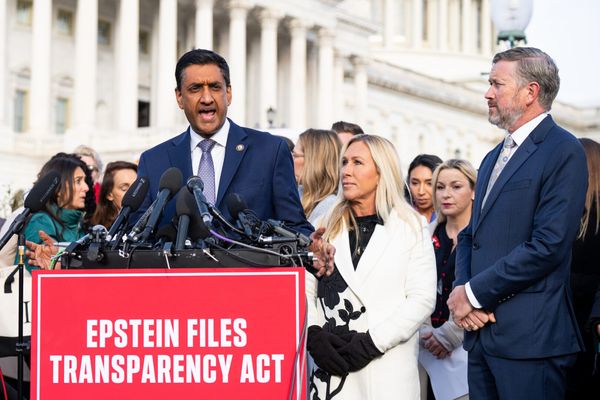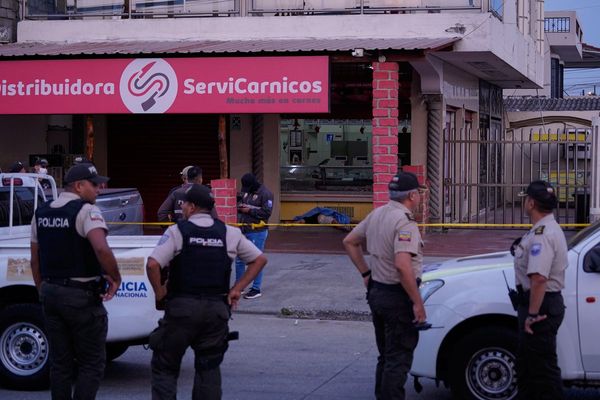
The July Producer Price Index (PPI) jumped 0.9% month-over-month, the largest increase since June 2022 and far above expectations, as President Donald Trump's tariff hikes rippled through the supply chain. On a yearly basis, headline PPI surged from 2.4% in June to 3.3%, while core PPI (excluding food and energy) spiked to 3.7% from 2.6%. All the major PPI categories improved, led by food prices 1.4% higher and transportation and warehousing 1.0% higher. These numbers reflect a clear upstream cost pinch, one that will challenge the endurance of small-cap ETFs such as the iShares Russell 2000 ETF (NYSE:IWM), whose companies possess less pricing flexibility and narrower margins than large-cap counterparts.
IWM ETF is rallying this month. Check live prices here.
Why PPI Affects Small Caps Uniquely
Big-cap companies usually possess brand power, supply-chain advantage, and economies of scale that allow them to pass on cost hikes. Most small caps can’t pass prices along as rapidly, so margins get squeezed when PPI is hot.
Small caps are rate-sensitive. Even when producer inflation is red-hot, rate reductions (or mere hopes thereof) can take some sting out through lower cost financing. Lower-cost money, however, doesn’t completely negate higher input prices.
Consider components, logistics, and wholesaling. When machinery/equipment wholesaling margins or shipping costs spike, small manufacturers and distributors get pinched. The impact can be large-capacities across the Russell 2000’s industrials, materials, and transport pockets.
ETF Considerations
SPDR S&P 500 ETF Trust (NYSE:SPY) (large-cap core) can be considered as ballast when PPI is high; they tend to provide improved pass-through and quality screens.
IWM can be treated as a cyclical satellite, layering on definitive signs of falling input costs or affirmed policy stimulus.
If one chooses to remain invested in small caps, it could be prudent to add quality/value tilts like iShares S&P Small-Cap 600 Value ETF (NYSE:IJS), Invesco S&P SmallCap 600 Pure Value ETF (NYSE:RZV) that focus on profitability and lower valuations. These characteristics that have traditionally softened cost squeezes better than loss-making growth.
To hedge against upstream cost pressure, Energy Select Sector SPDR Fund (NYSE:XLE) can hedge in part when producer prices are commodity-driven. Investment in the Industrial Select Sector SPDR Fund (NYSE:XLI) can gain if pricing power and backlogs persist.
Bottom line
Tariff-driven PPI heat is a margin tale to begin with, a rates tale second. Under that scenario, big-cap cores like SPY and quality/value tilts in the small caps like IJS and RZV will tend to ride better. Adding sector hedges like XLE when commodities fuel the shock may bode well. When there is building evidence that input costs are coming off, or that pass-through is sticking, that can be a signal to increase small-cap exposure.
Read Next:







